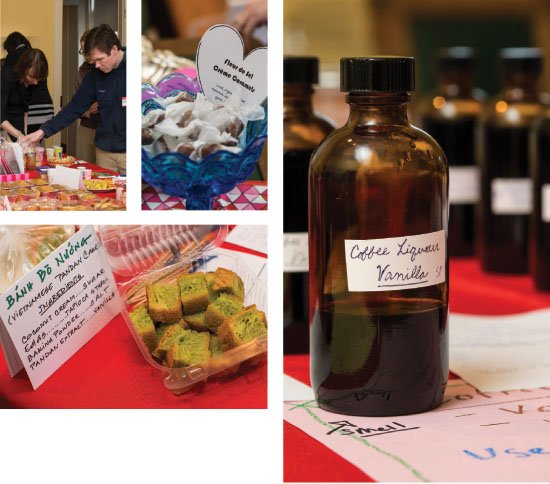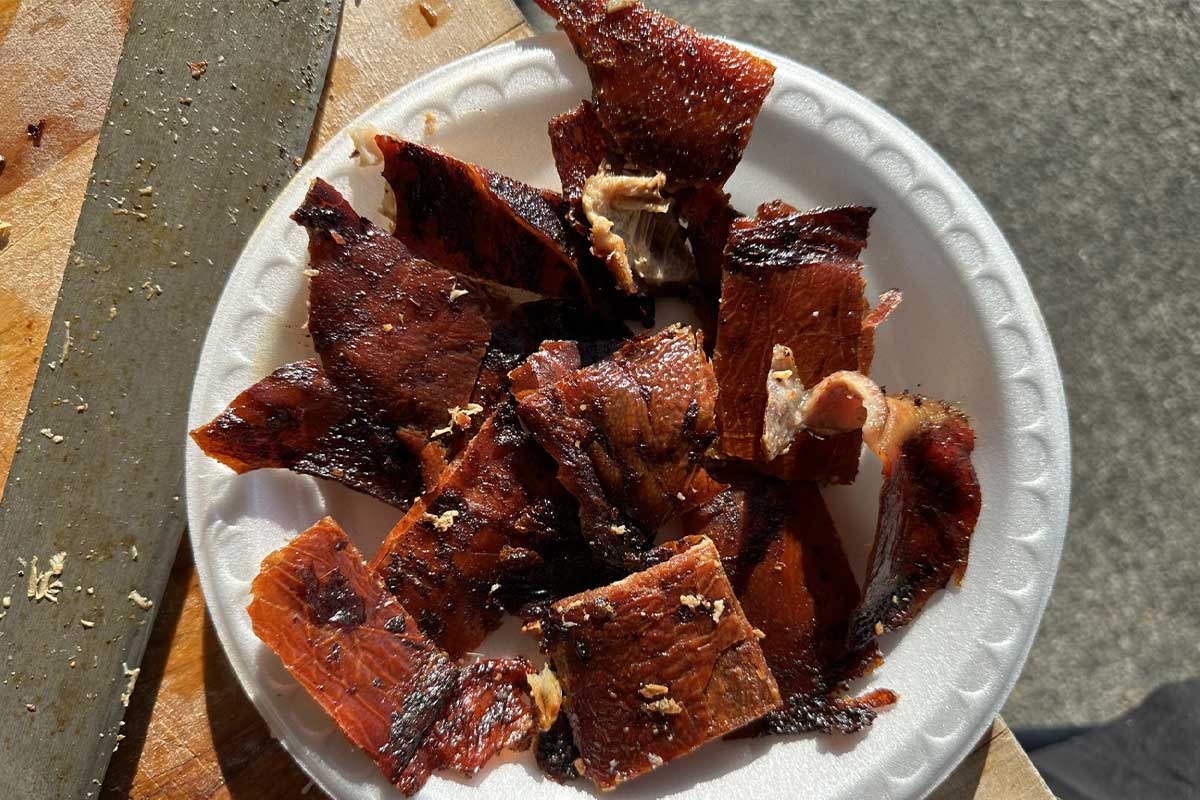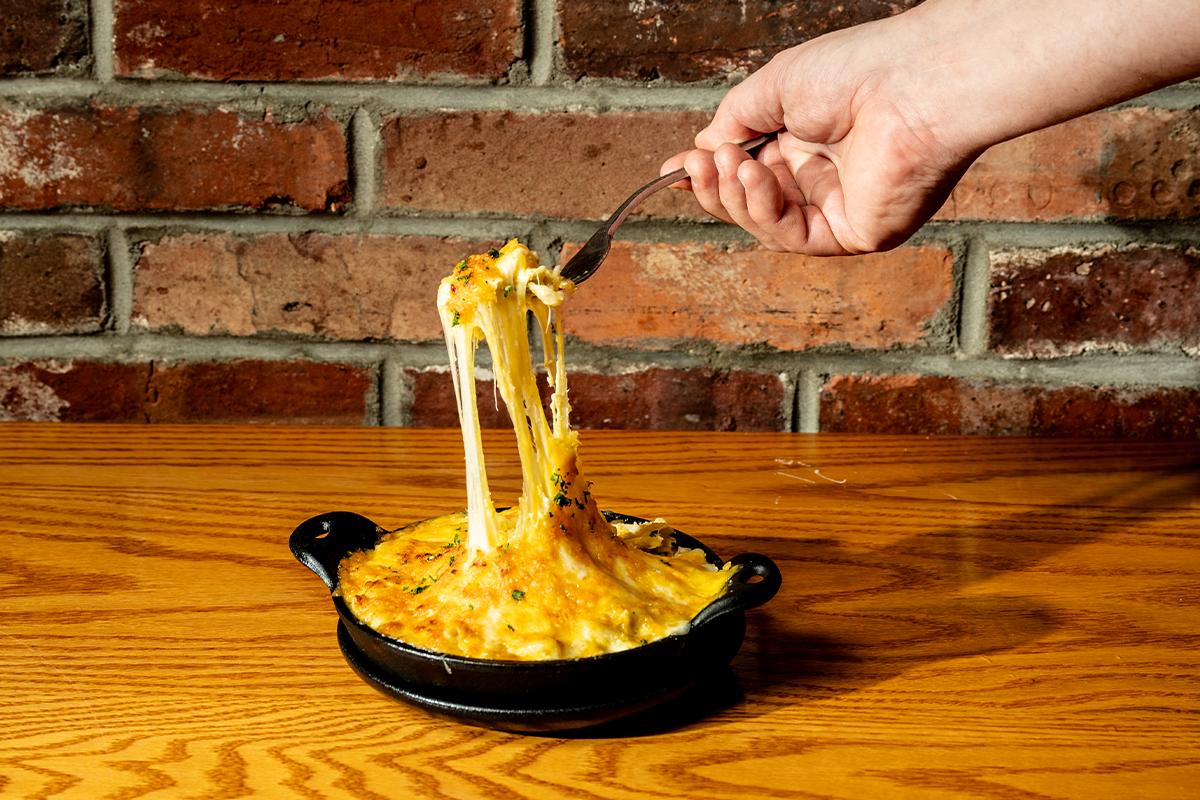By Whitney Pipken
Trading homemade goods for a sense of community and pantry diversity.

Not long after participating in the first Alexandria Food Swap, I got an email from a fellow swapper, a trained chef whose mason jars of fanciful condiments shared a table with my amateur dilly beans. Janene Flanagan, now cooking at Bourbon Steak in the Washington Four Seasons, wrote my pickled green beans gave new life to her bloody marys. Little did she know that the bacon jam I’d traded her for the beans had been my favorite topping—and topic of discussion—since the swap.
An extension of the locavore movement, swaps bring together a community that trades homemade, homegrown and foraged foods that encourage shopping and eating close to home and making staples from scratch.
Swaps, which have been organized in Fredericksburg, Richmond, Charlottesville, Del Ray and Alexandria, can feel like a food blog has come to life. Many participants keep their own websites to share recipes and photos with a virtual audience, but with swaps, those used to laboring over large batches of food in their kitchens alone can now feed their followers in real life.
Swaps draw food-minded folk, many of them pining after quitting their jobs to bake cookies full-time. Caroline Krueger, who left her job on Capitol Hill to go to pastry school, brought mini pumpkin pecan bread loaves and sherry cupcakes to a swap. “It was a fun way to spend a few hours, meet new people and talk about recipes and food,” Krueger writes on her blog, Sweet Caroline. “One of the girls there had also attended my culinary school—small world!”
Ibti Vincent, who spent a year learning about food while biking across the country and recording the experience on her blog, A Bikeable Feast, was surprised at the popularity of her mustard at the first event. She told her online readers that seven or eight of the swappers went home with “the spiciest beer mustard I’ve made to date.”
Each swap has its own rules, but generally participants bring up to three different items and up to 10 of each for trading, plus extra for samples. The event starts with mingling, sampling, Instagramming and conversations that often lead to best methods for brewing the trendy fermented tea, kombucha.
The events function much like a potluck, with attendees sampling and complimenting one another’s wares. At the end, participants decide what’s worth bartering for and taking home. No money exchanges, though a fee sometimes pays for the location and waivers are signed in case something unsavory is traded.
The swaps are as much about what’s traded in-between items—recipes, tips and a sense that you’re not the only one sweating over canned peaches in August—as much as the booty you take home.
Swap Strategy
At the Alexandria Food Swaps, co-organizers Shelu Patel and Jen Johnson provide bid sheets that function much like a silent auction. Swappers write on the sheets what they’d like to trade for a certain item (Ethiopian awaze sauce for homemade tortillas), and then use them as templates for real trades at the end. This is where a little strategy comes in handy: If you want to be popular at a food swap, bring a limited supply (just eight jars of kimchi or homemade yogurt).
Bring small jars of your most labor-intensive foods so you have options when swapping. Mentally place a dollar or sweat-equity value on your bounty so you don’t end up trading a pint of pickles for one irresistible cupcake. But if you do, that’s OK.
(April 2014)




